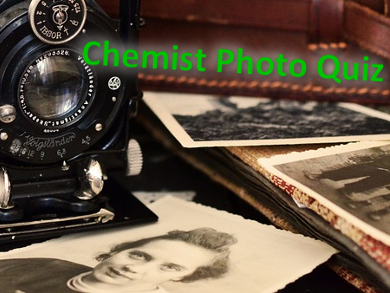For its anniversary, the German Chemical Society (GDCh) has dug up a box of photos of chemists from their archive. Among those photographed are GDCh Presidents, Nobel Prize winners, and many other well-known chemists.
For the next 11 weeks, we will uncover one of the photographs each Monday and invite you to guess who is pictured. The answer will be published the following Friday. From all correct entries, 11 winners will be selected at random at the WiFo 2017, the largest GDCh biannual conference. You can increase your chances by participating in more than one quiz.
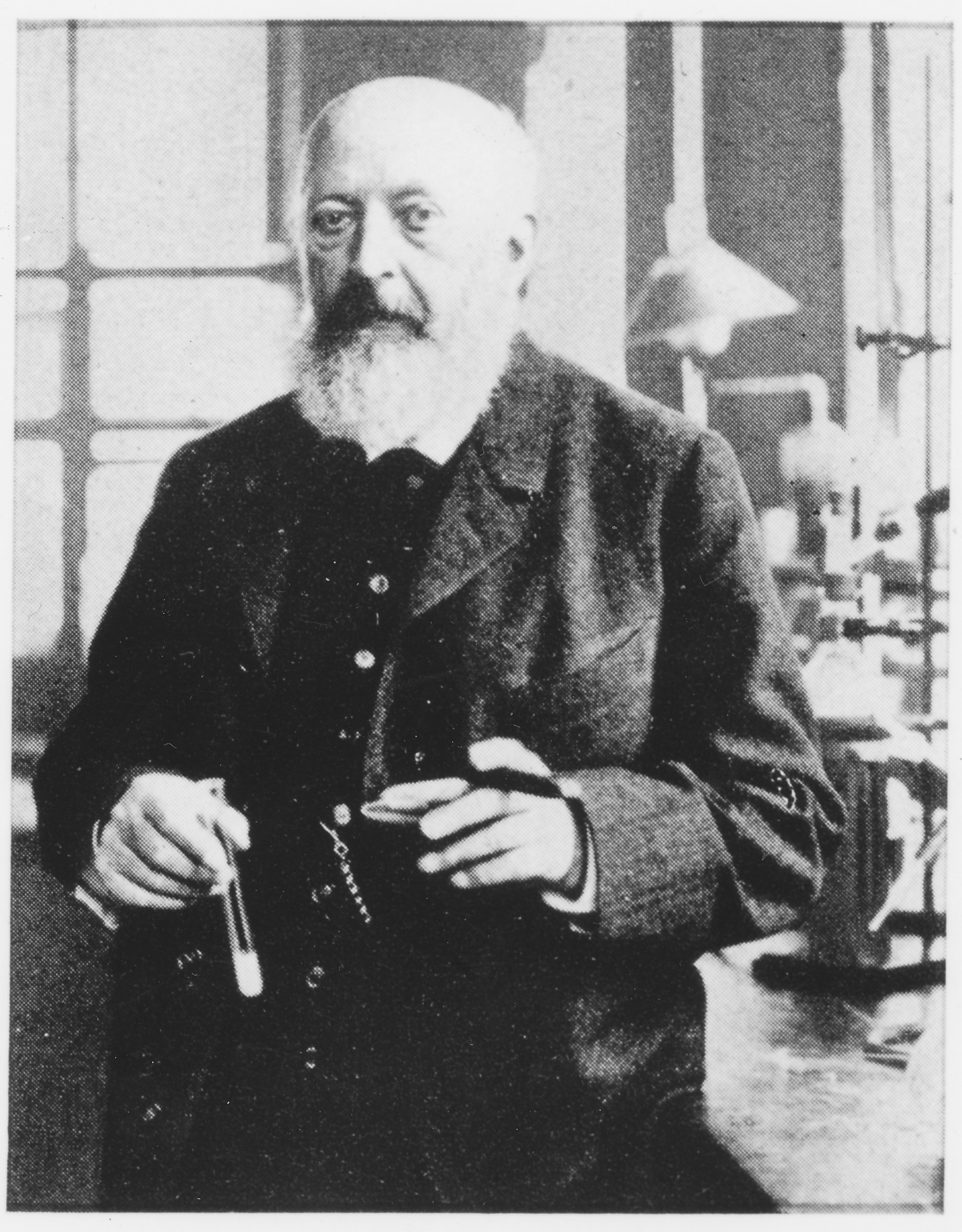 |
Photo 8: Johann Friedrich Wilhelm Adolf von Baeyer1835 – 1917, German chemist, won 1905 Nobel Prize “in recognition of his services in the advancement of organic chemistry and the chemical industry, through his work on organic dyes and hydroaromatic compounds”. He is well known for synthesizing the plant dye indigo and for developing a nomenclature for cyclic compounds that was subsequently extended and adopted as part of the IUPAC organic nomenclature. Various name reactions are named after him. |
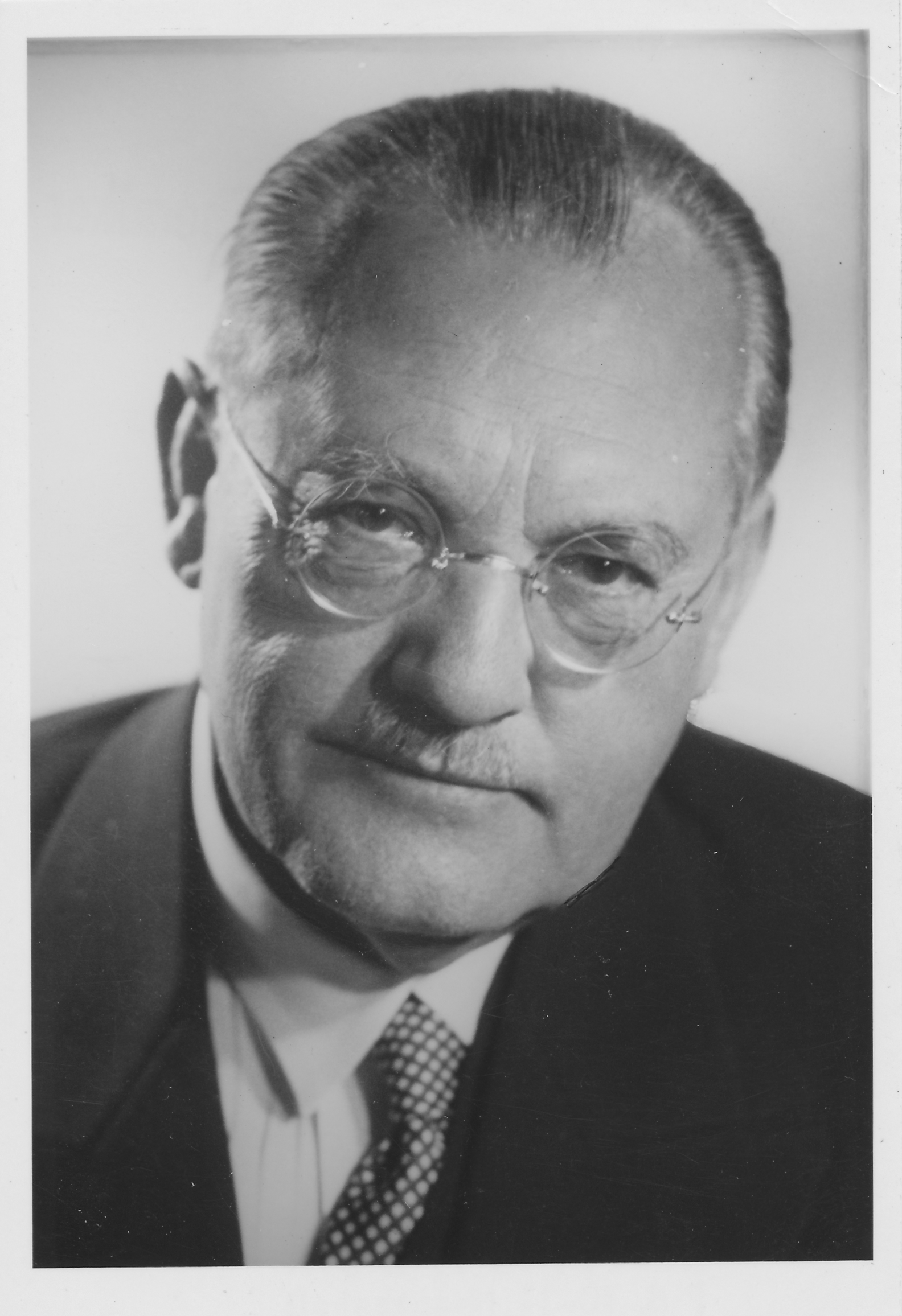 |
Photo 7: Carl Bosch1874 – 1940, German chemist and engineer, won 1931 Nobel Prize with Friedrich Bergius for “the introduction of high-pressure chemistry”. He is well known for introducing high-pressure techniques to industrial chemistry, e.g., to fix nitrogen (Haber-Bosch process), as well as for the production of synthetic fuel and methanol. In 1925, he helped found the IG Farben, a German chemical and pharmaceutical industry conglomerate and at that time the world’s largest chemical company. More on Carl Bosch |
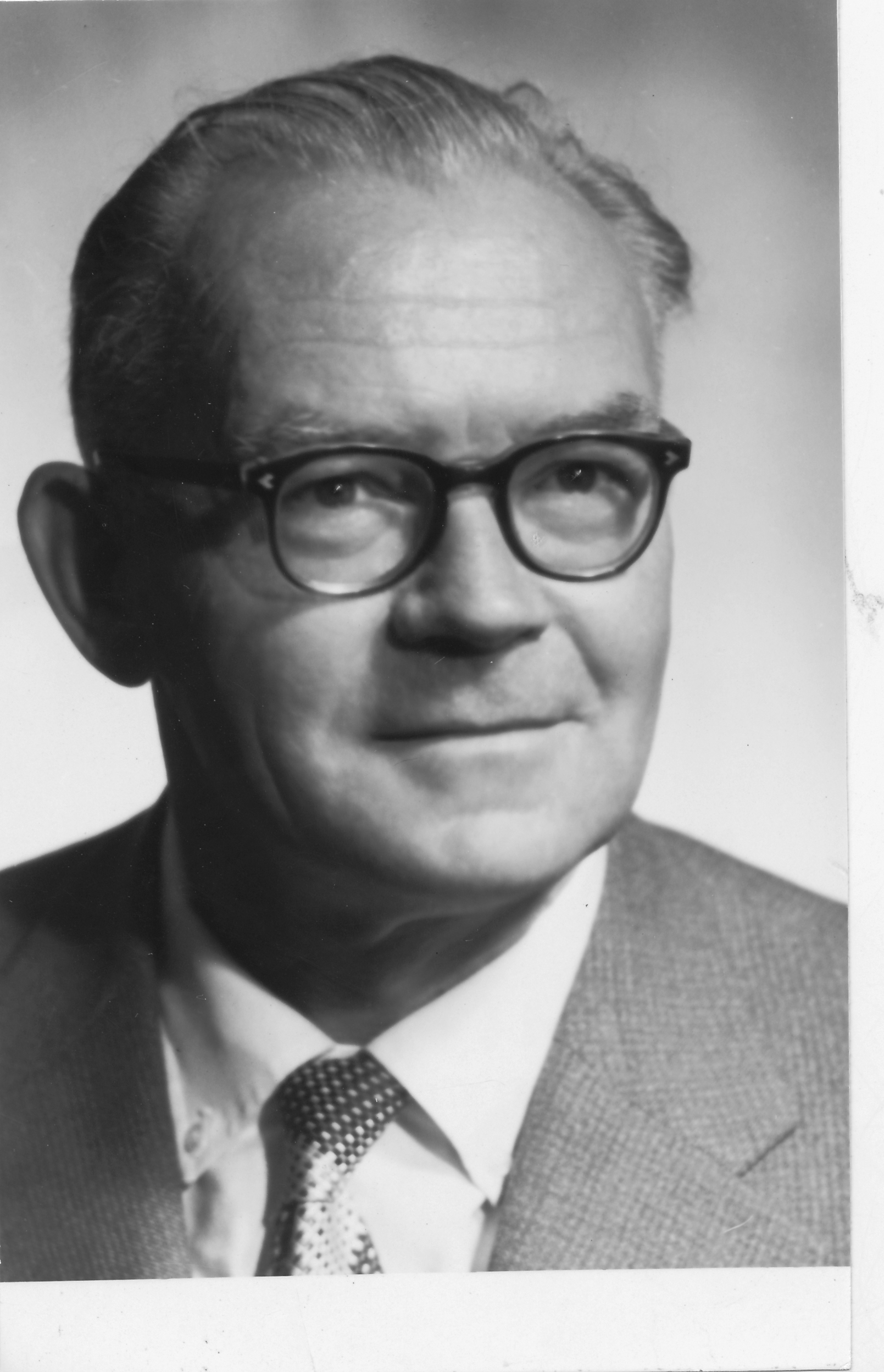 |
Photo 6: Georg Wittig1897 – 1987, German chemist, won 1979 Nobel Prize with Herbert C. Brown for “their development of the use of boron- and phosphorus-containing compounds, respectively, into important reagents in organic synthesis”. He is well known for reporting the synthesis of alkenes from aldehydes and ketones using phosphonium ylides in the Wittig reaction, the preparation of phenyllithium, and the discovery of the 1,2- and the 2,3-Wittig rearrangement. |
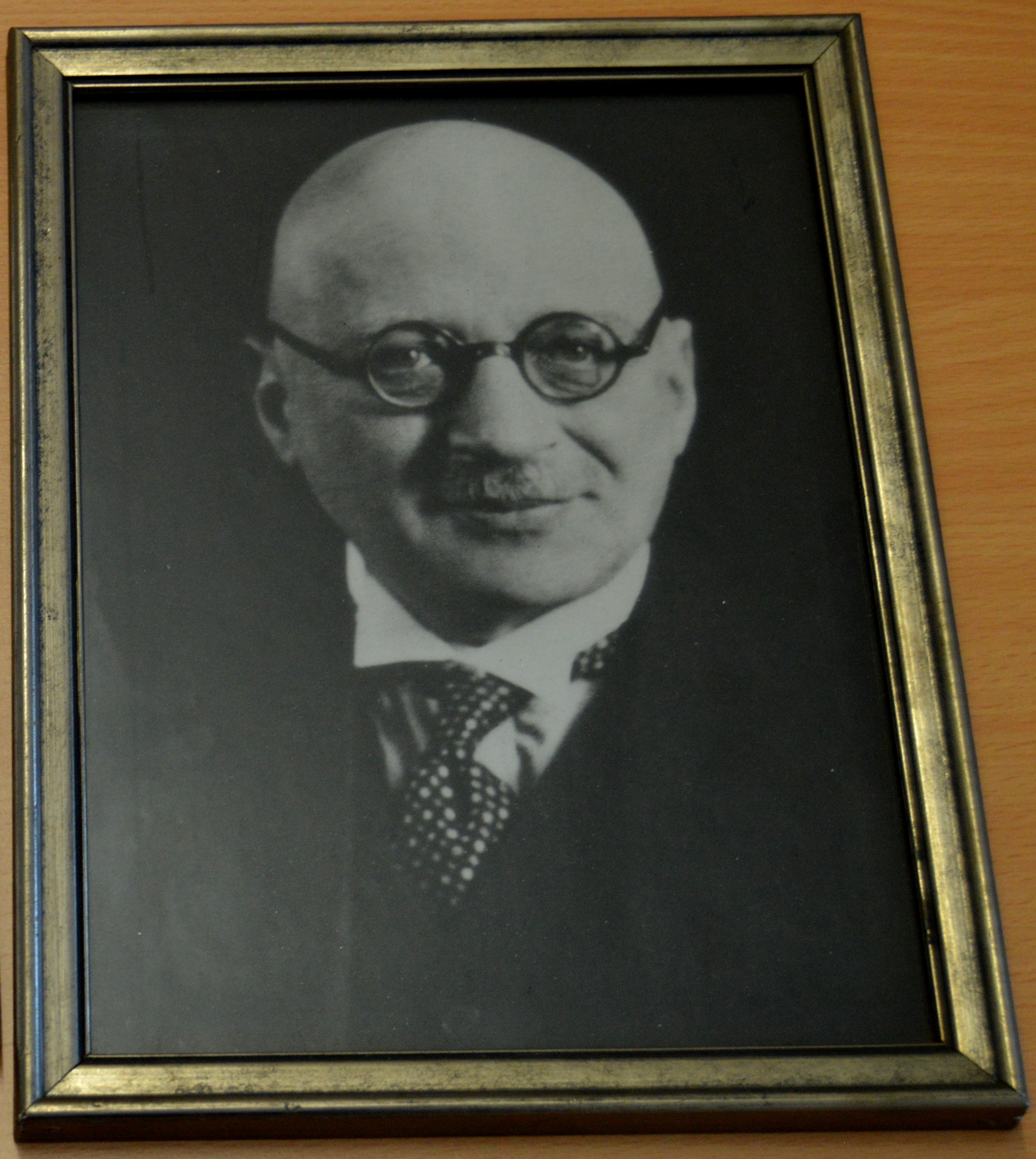 |
Photo 5: Fritz Haber1868 – 1934, German chemist, husband of Clara Immerwahr, won 1918 Nobel Prize for his invention of the Haber–Bosch process. First director of the Kaiser Wilhelm Institute for Physical Chemistry and Electrochemistry, later renamed The Fritz Haber Institute. During the First World War, involved in the development of poison gas, which earned him a lot of criticism from fellow scientists. More on Fritz Haber |
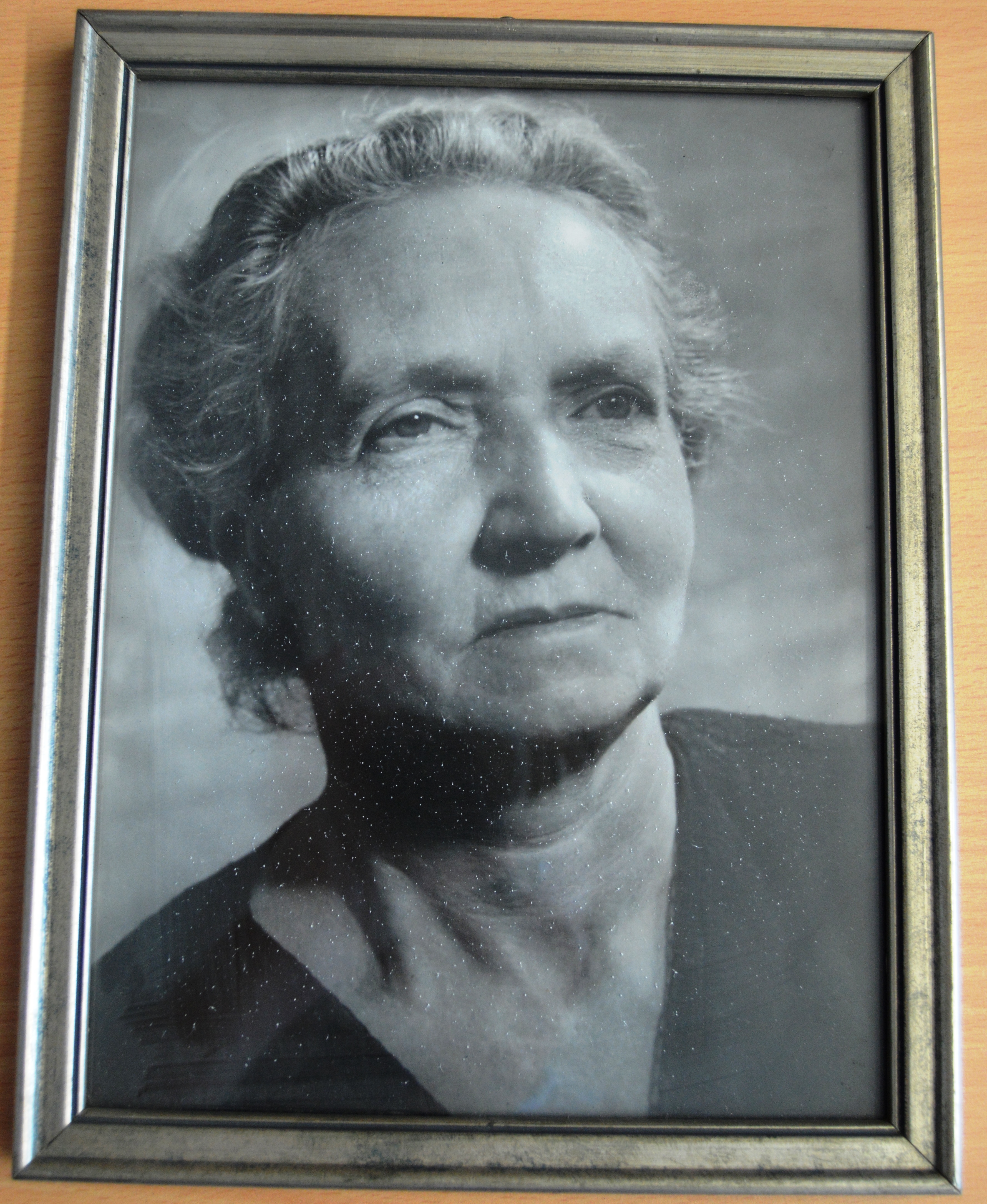 |
Photo 4: Irene Joliot-Curie1897 – 1956, French scientist, daughter of Marie and Pierre Curie, wife of Frédéric Joliot-Curie, won 1935 Nobel Prize with her husband for their discovery of artificial radioactivity. She pioneered research into radium nuclei, was involved in promoting women’s education, and served on the World Peace Council. |
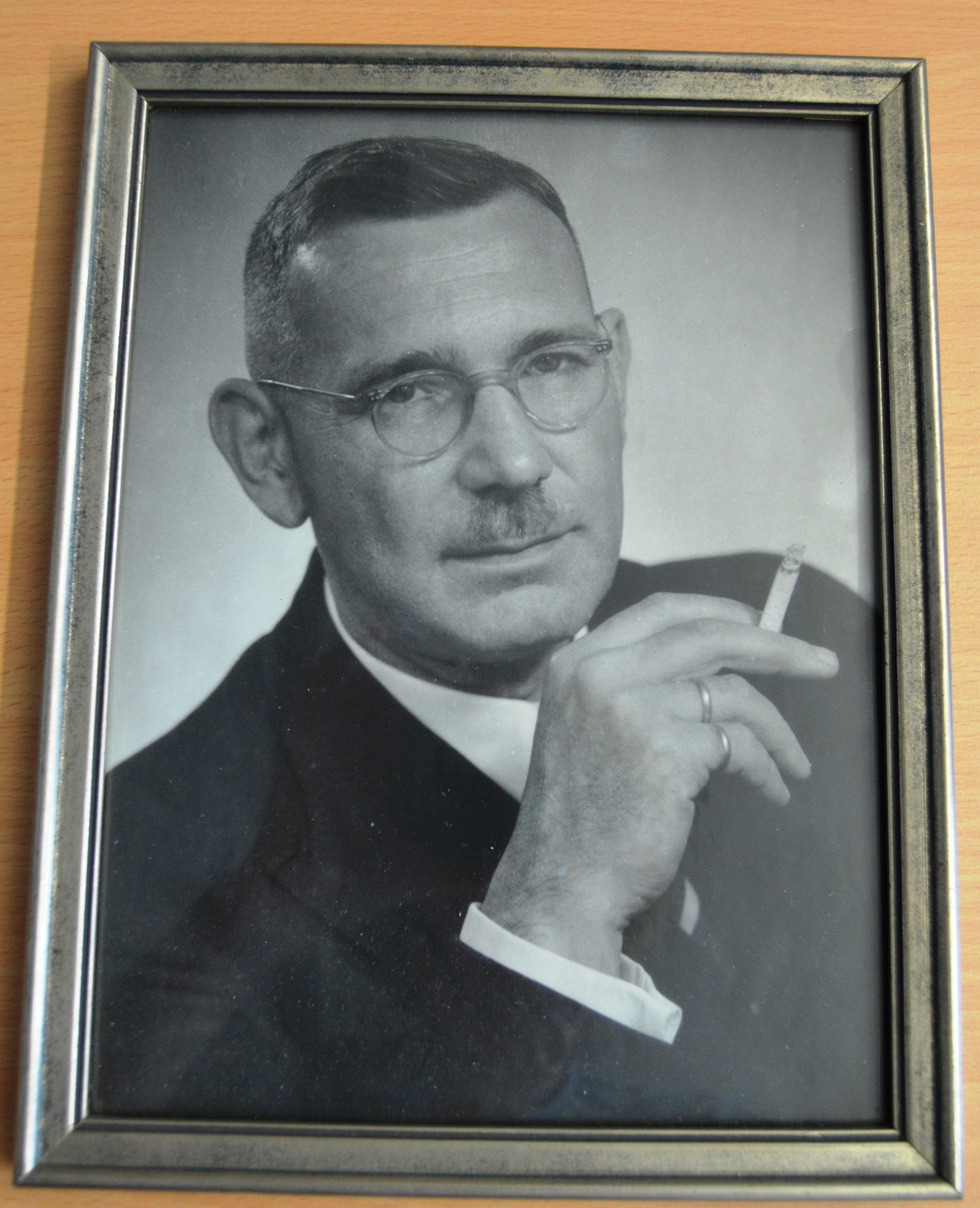 |
Photo 3: Wilhelm Karl Klemm1896 – 1985, German chemist, known for work in the field of inorganic and physical chemistry, e.g., he refined the ideas of Eduard Zintl on the structure of intermetallic connections (Zintl-Klemm concept). He wrote textbooks on inorganic chemistry, which in his day were standard books for every chemist, was President of the GDCh from 1952 – 1953, and President of the International Union of Pure and Applied Chemistry (IUPAC) from 1965 – 1967, and co-editor of the journal Zeitschrift für anorganische und allgemeine Chemie. The GDCh awards the Wilhelm Klemm Prize. |
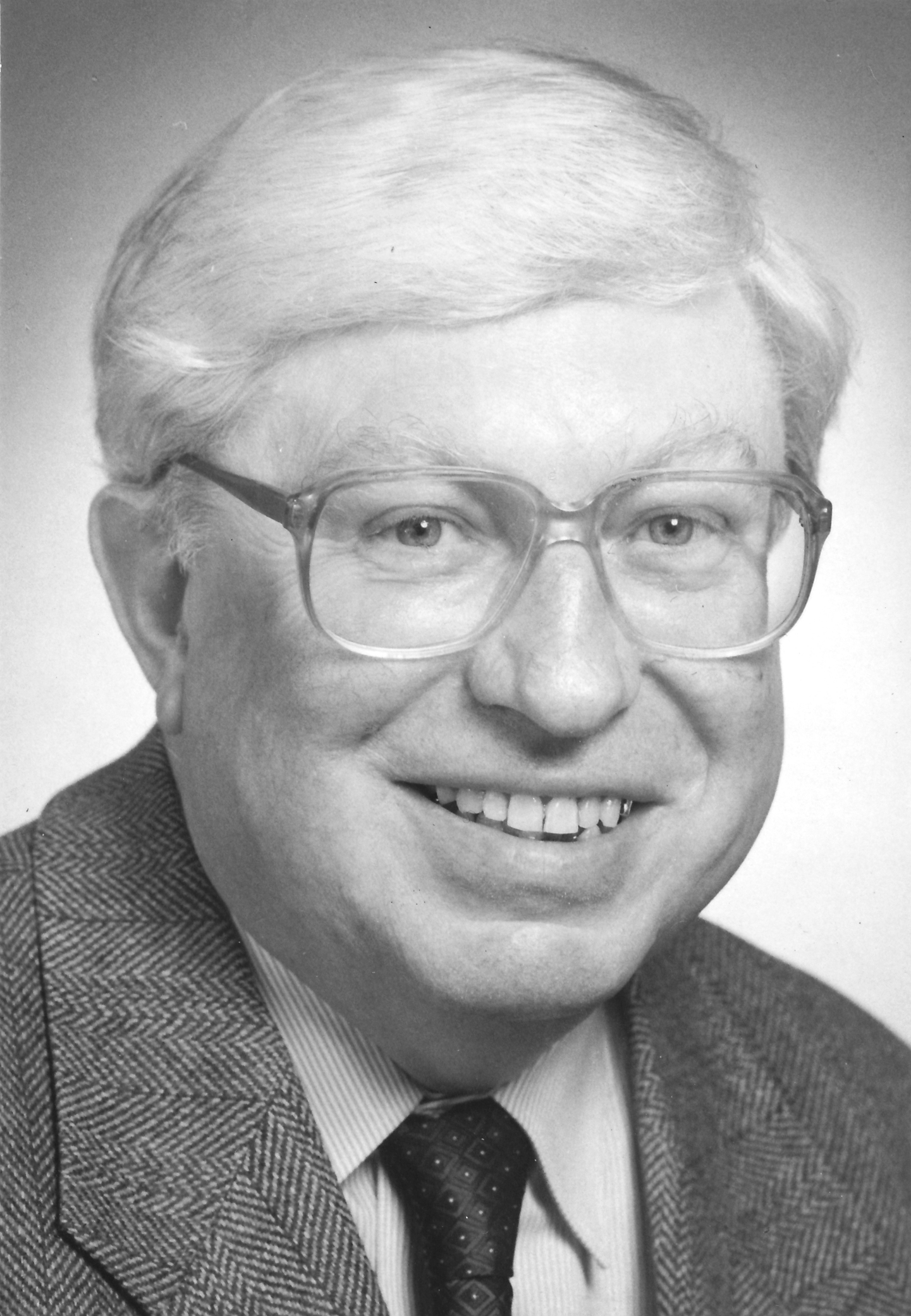 |
Photo 2: Gerhard ErtlGerman physicist, born 1936, who won 2007 Nobel Prize in Chemistry for his studies of chemical processes on solid surfaces, and is known, e.g., for determining the detailed molecular mechanisms of the catalytic synthesis of ammonia over iron (Haber Bosch process) and the catalytic oxidation of carbon monoxide over platinum (catalytic converter). |
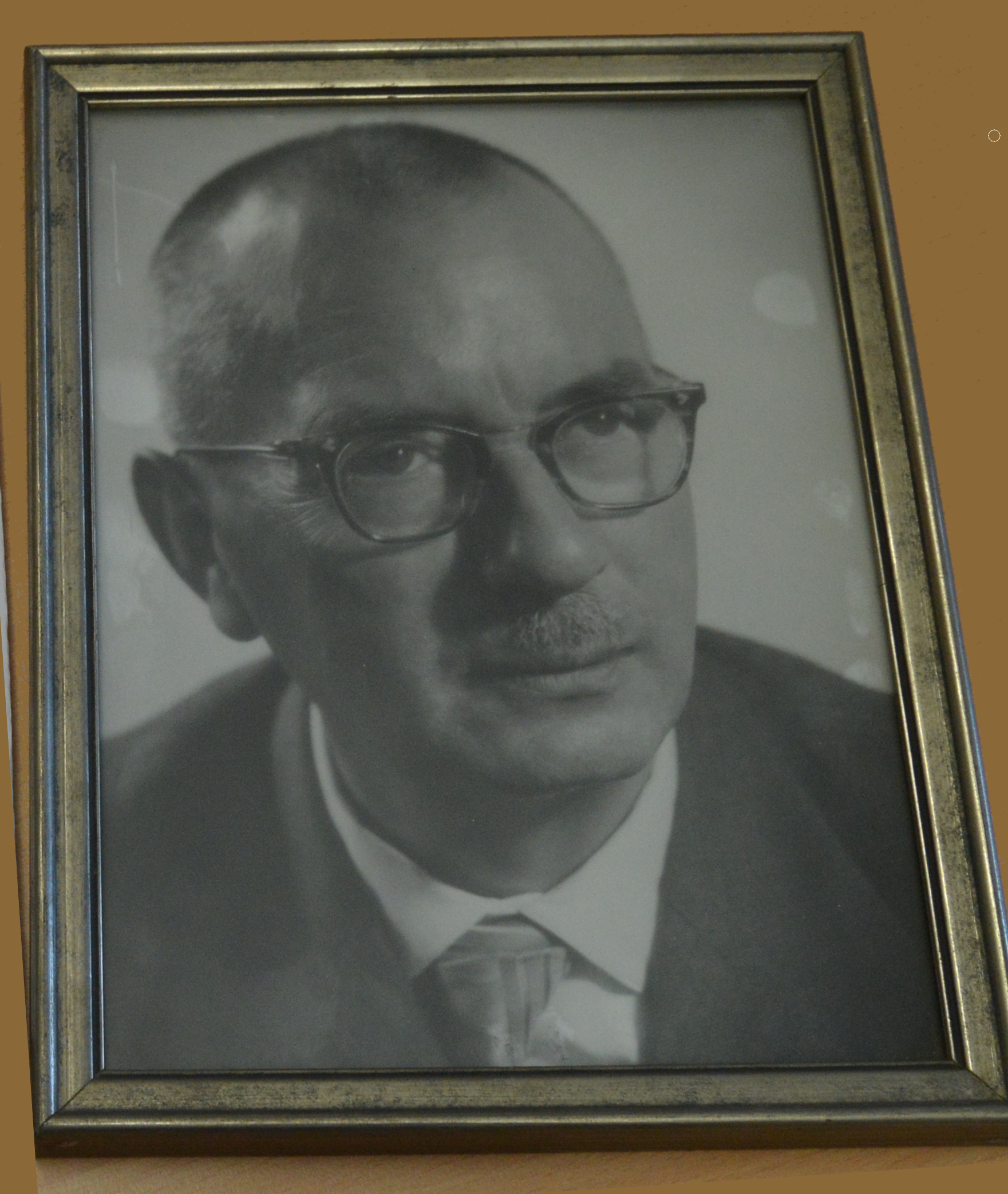 |
Photo 1: Karl Waldemar Ziegler1898 – 1973, German chemist, won 1963 Nobel Prize in Chemistry with Giulio Natta for work on polymers, known for work involving free-radicals, many-membered rings, organometallic compounds, and development of Ziegler–Natta catalyst. |
Also of Interest
